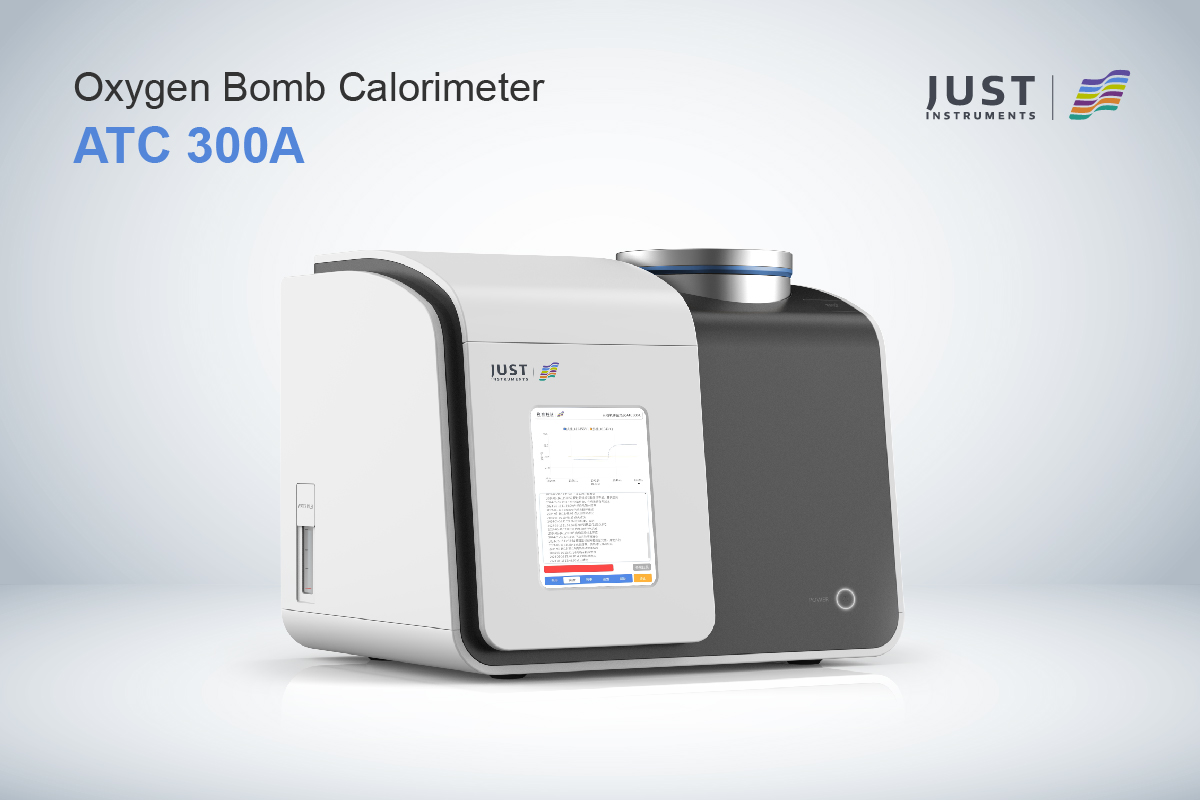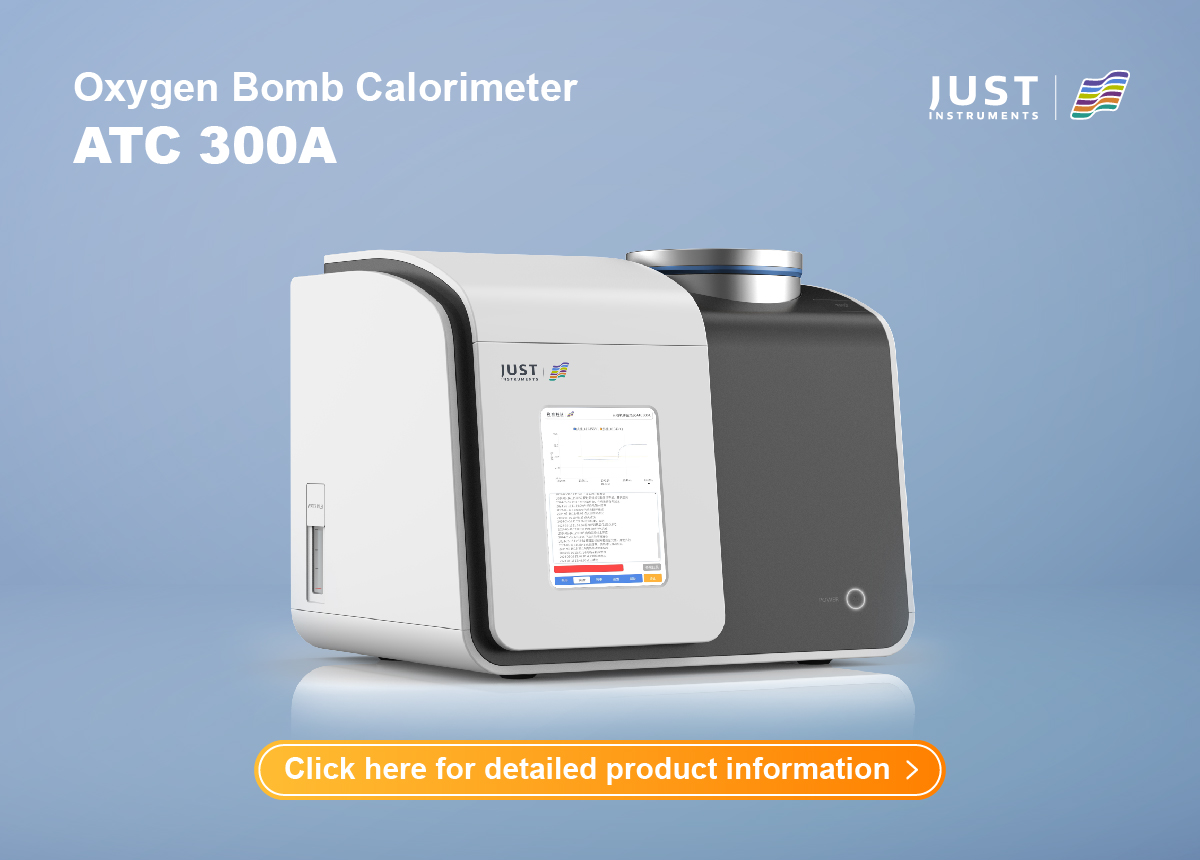Auto Bomb Calorimeter: The Ultimate Tool for Accurate Heat of Combustion Measurements
If you work in a laboratory that deals with the measurement of heat, you may have heard of an auto bomb calorimeter. This device is used to determine the heat of combustion of a sample. It is a crucial tool in the fields of chemistry, biochemistry, and material science.
An auto bomb calorimeter works by burning a sample in a closed container called a bomb. The heat generated by the combustion is absorbed by a surrounding water jacket, and the resulting temperature increase is measured. From this measurement, the heat of combustion can be calculated. The auto bomb calorimeter automates the process of measuring the heat of combustion, making it faster and more efficient than traditional methods.
Auto bomb calorimeters are used in a variety of industries, including food, pharmaceuticals, and energy. They are used to measure the caloric content of foods, the energy content of fuels, and the heat of combustion of various materials. With its automated process, an auto bomb calorimeter is an essential tool for any laboratory that needs to measure the heat of combustion accurately and efficiently.
Principles of Calorimetry
Thermodynamic Fundamentals
Calorimetry is a branch of thermodynamics that deals with the measurement of heat transfer during chemical reactions. In simple terms, it is the measurement of the amount of heat released or absorbed during a chemical reaction. The basic principle of calorimetry is the law of conservation of energy, which states that energy can neither be created nor destroyed but can only be transformed from one form to another.
Energy Measurement
Calorimetry measures the heat energy released or absorbed during a chemical reaction. Heat energy is measured in joules (J) or calories (cal). One calorie is defined as the amount of heat energy required to raise the temperature of one gram of water by one degree Celsius.
An Auto Bomb Calorimeter is a device used to measure the heat energy released during a combustion reaction. The Auto Bomb Calorimeter consists of a bomb, which is a strong steel shell where the sample is placed, and an oxygen supply connection. The bomb is immersed in a calorimeter, which is a container filled with water. The heat energy released during the combustion reaction is transferred to the water, causing a rise in temperature.
The temperature rise is measured using a thermometer, and the heat energy released is calculated using the specific heat capacity of water and the mass and temperature change of the water. The specific heat capacity of water is 4.18 J/g°C.
In summary, calorimetry is a method used to measure the heat energy released or absorbed during a chemical reaction. An Auto Bomb Calorimeter is a device that measures the heat energy released during a combustion reaction. The temperature rise of the water is used to calculate the heat energy released during the reaction.
Components of an Auto Bomb Calorimeter
An auto bomb calorimeter is a device that measures the heat of combustion of a sample. It consists of several components that work together to accurately measure the heat of combustion. Below are the three main components of an auto bomb calorimeter:
Calorimeter Vessel
The calorimeter vessel is a strong steel shell that can withstand high pressure and temperature. It holds the sample and oxygen and is sealed to prevent any gases from escaping. The vessel is surrounded by an insulating jacket that minimizes heat loss to the surroundings. The insulating jacket also protects the operator from any sudden pressure changes that may occur during combustion.
Ignition System
The ignition system is responsible for igniting the sample in the calorimeter vessel. It consists of a spark plug that is connected to a high-voltage source. The spark plug is inserted into the vessel and ignites the sample when a current is passed through it. The ignition system is carefully designed to ensure that the sample is ignited uniformly and without any external interference.
Temperature Sensors
Temperature sensors are used to measure the temperature change that occurs during combustion. They are located inside the calorimeter vessel and are connected to a data acquisition system. The data acquisition system records the temperature change over time and calculates the heat of combustion of the sample. The temperature sensors are carefully calibrated to ensure accurate and precise measurements.
In summary, an auto bomb calorimeter consists of a calorimeter vessel, an ignition system, and temperature sensors. These components work together to accurately measure the heat of combustion of a sample.
Calorimetric Procedure
The Auto Bomb Calorimeter is a device that measures the heat of combustion of a substance. The procedure for using this device involves three main steps: sample preparation, oxygen filling, and data acquisition.
Sample Preparation
Before starting the calorimetric procedure, you need to prepare the sample properly. The sample should be in a homogeneous form, and its mass should be accurately weighed. The sample should be placed in a crucible made of platinum or gold, which is then placed in the calorimeter bomb.
Oxygen Filling
Once the sample is prepared, the next step is to fill the bomb with oxygen. The oxygen is pressurized and filled in the bomb under high pressure. The pressure is then released, and the bomb is sealed. The bomb is then placed in the calorimeter, and the calorimeter is filled with water.
Data Acquisition
After the bomb is placed in the calorimeter, the sample is ignited, and the heat of combustion is measured. The heat generated by the sample is transferred to the water in the calorimeter, and the temperature of the water is measured. The temperature rise is then used to calculate the heat of combustion of the sample.
In conclusion, the calorimetric procedure for using the Auto Bomb Calorimeter involves sample preparation, oxygen filling, and data acquisition. Proper sample preparation is essential for accurate measurements. The oxygen filling step ensures that the sample is burned completely, and the data acquisition step measures the heat of combustion of the sample.
Data Analysis and Interpretation
Calculation of Energy Content
After conducting a bomb calorimetry experiment, you will have a thermogram that shows the temperature change of the calorimeter as a function of time. To calculate the energy content of the sample, you will need to integrate the area under the thermogram curve. This area represents the heat absorbed by the calorimeter, which is proportional to the heat of combustion of the sample.
To perform this integration, you can use software such as the Parr Calorimeter Software or manually integrate the thermogram using a trapezoidal rule. The energy content of the sample can then be calculated using the following equation:
Energy content = Heat absorbed by calorimeter / Mass of sample
The heat absorbed by the calorimeter can be determined by multiplying the specific heat capacity of the calorimeter by the change in temperature of the calorimeter. The specific heat capacity of the calorimeter can be determined experimentally using a known heat source.
Error Analysis
When conducting a bomb calorimetry experiment, it is important to consider the sources of error that may affect the accuracy of your results. These sources of error may include:
- Incomplete combustion of the sample
- Heat loss to the surroundings
- Inaccurate measurement of the mass of the sample
- Inaccurate measurement of the change in temperature of the calorimeter
To minimize these sources of error, it is important to ensure that the sample is completely combusted, the calorimeter is well-insulated, and accurate measurements are taken. It is also important to perform multiple trials to ensure reproducibility of results.
When analyzing your data, it is important to calculate the uncertainty in your measurements. This can be done using statistical methods such as standard deviation or confidence intervals. The uncertainty in your measurements should be reported along with your results to provide a measure of the reliability of your data.
Applications and Limitations
Industrial Applications
Auto bomb calorimeters have a wide range of industrial applications. They are used in the food industry to determine the calorific value of food products such as protein bars, energy drinks, and other nutritional supplements. The pharmaceutical industry also uses them to determine the calorific value of drugs and other substances. The energy industry uses them to determine the calorific value of fossil fuels such as coal and oil, as well as biofuels such as ethanol and biodiesel. Auto bomb calorimeters are also used in the chemical industry to determine the calorific value of chemicals and other substances.
Research Applications
Auto bomb calorimeters are used in various research applications. They are used to determine the calorific value of different types of biomass, which is important in the development of renewable energy sources. Auto bomb calorimeters are also used to determine the calorific value of waste materials, which can be converted into energy through incineration. Additionally, auto bomb calorimeters are used in the study of combustion processes and the development of combustion models.
Limitations of Auto Bomb Calorimeters
Auto bomb calorimeters have some limitations. One limitation is that they require a relatively large sample size, which can be a problem when working with expensive or rare samples. Additionally, auto bomb calorimeters can only measure the heat of combustion, so they cannot be used to determine the enthalpy of other chemical reactions. Auto bomb calorimeters can also be affected by impurities in the sample, which can lead to inaccurate results. Finally, auto bomb calorimeters can be expensive and require specialized training to operate, which can limit their accessibility to some researchers and industries.
Overall, auto bomb calorimeters are a valuable tool in the determination of calorific values in various industries and research applications. However, it is important to be aware of their limitations when interpreting results.








































